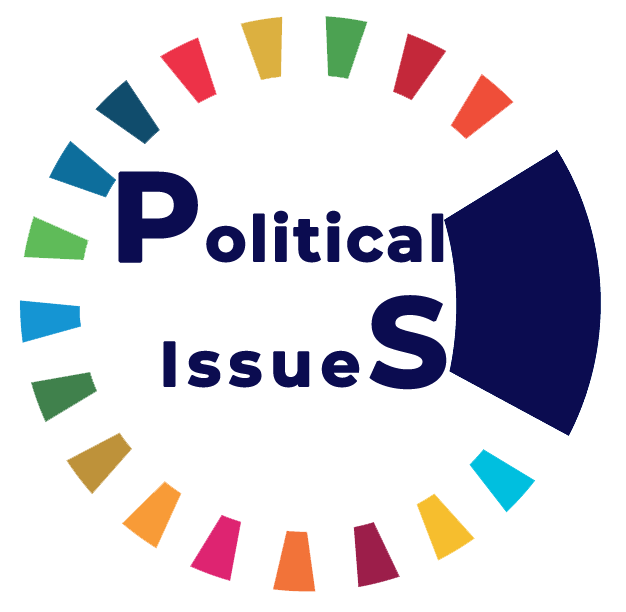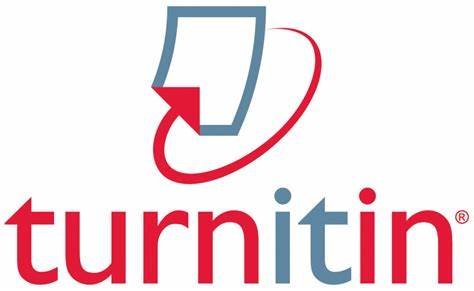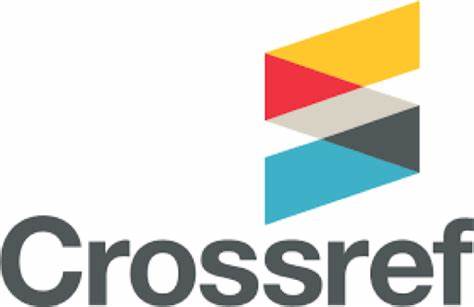The Influence of the Media on American Foreign Political Decision-Making (CNN as a model)
DOI:
https://doi.org/10.58298/752023479Keywords:
CNN, media, external decision-making, political behavior, CNN channelAbstract
The Cable News Network (CNN), which has been operating 24/7 since 1980, had a significant influence on the foreign policy behavior of the United States of America in the late Cold War period. While the free press, in its role as the "Fourth Power" had an enduring influence on policymaking in representative democracies at the end of the last century, many have argued that the reach, depth, and speed of the then new global media (at that time) — CNN — created a new kind of influence qualitatively different from those that preceded it. Since the role it played in US foreign decision-making was clear and important, everyone (societies and decision-makers) looked with interest at its coverage of many events outside the United States - such as the Tiananmen Square protests in 1989, the fall of communism in Eastern Europe, the first Gulf War, and the Battle of Mogadishu - and as being strongly influential in bringing these images and issues to the direct interface of American political consciousness and then influencing public opinion and decision-makers in a direct way. In addition, specialists have argued the effect of CNN that as the driving power behind the use of force by the US military during the Bosnian war 1992-1995, and other events and other issues.
In this research paper, we will try to provide a scientific framework for analyzing how the complex processes of media input are integrated into the foreign political decision-making process, as well as reflecting the role of journalism and television in the policy formulation stage. Most importantly, clarifying how the media, particularly the CNN news channel, has become an integral part of foreign policy decision-making and international policy interactions.
Additional Files
Published
Issue
Section
License
Copyright (c) 2024 Hussin Mzhir Khlaf

This work is licensed under a Creative Commons Attribution 4.0 International License.
This is an Open Access article distributed under the terms of the creative commons attribution (CC BY) 4.0 international license which permits unrestricted use, distribution, and reproduction in any medium or format, and to alter, transform, or build upon the material, including for commercial use, providing the original author is credited.






